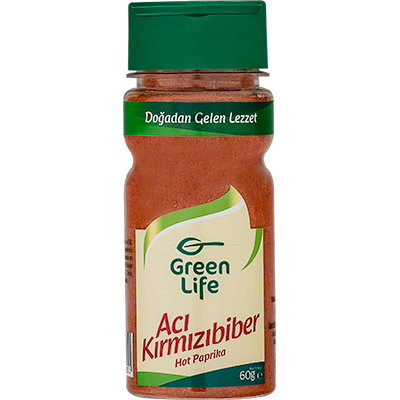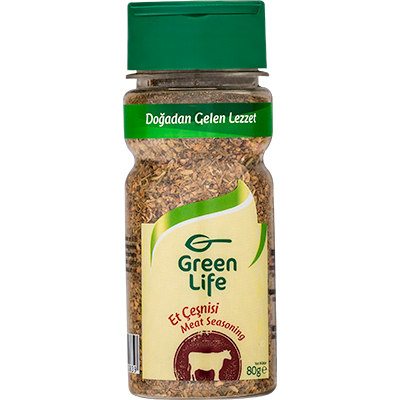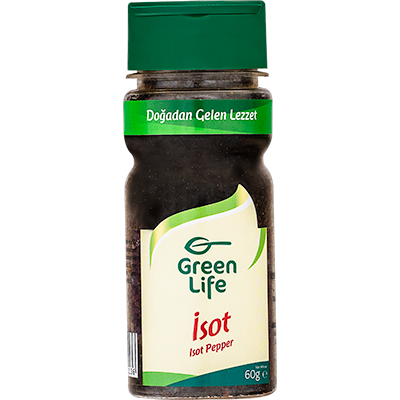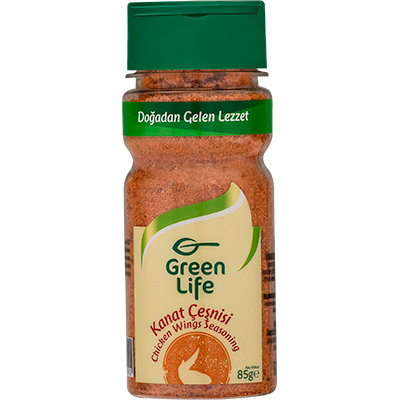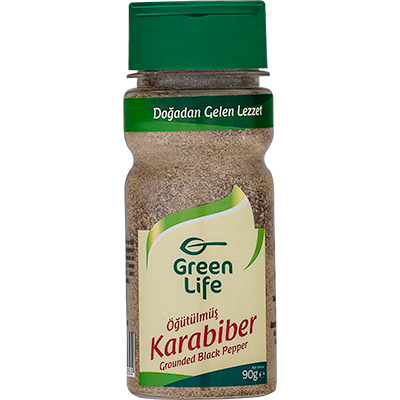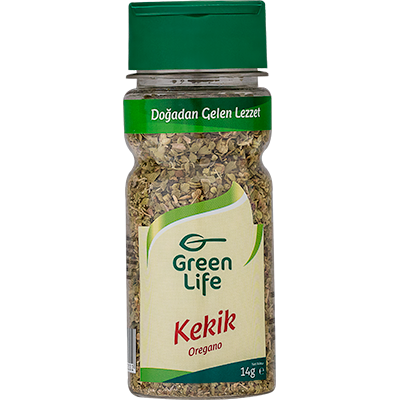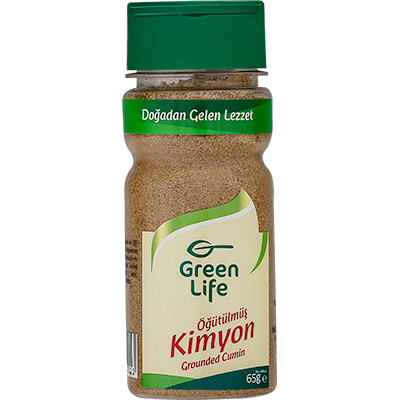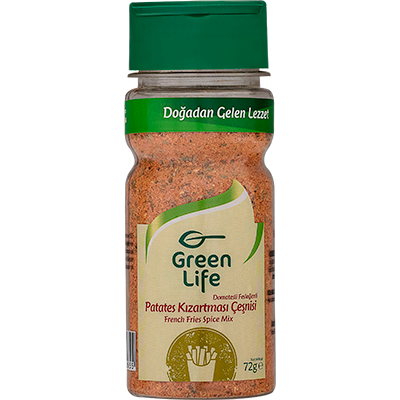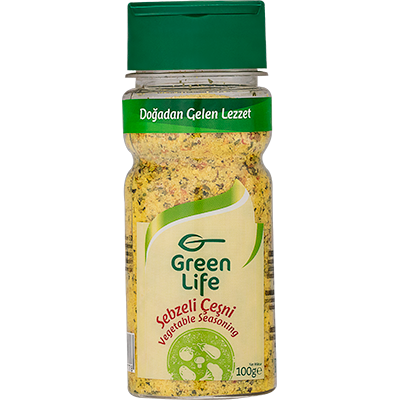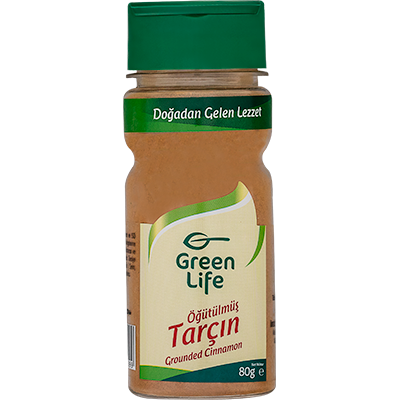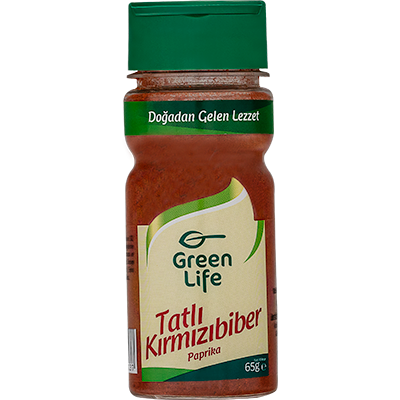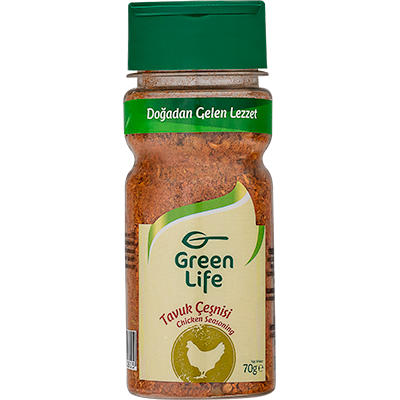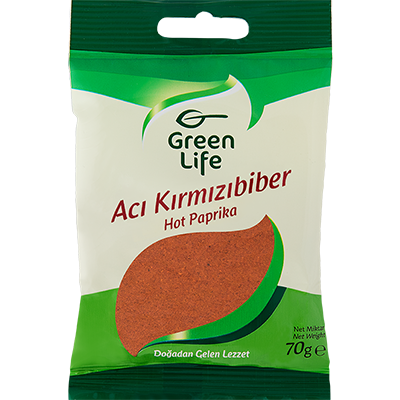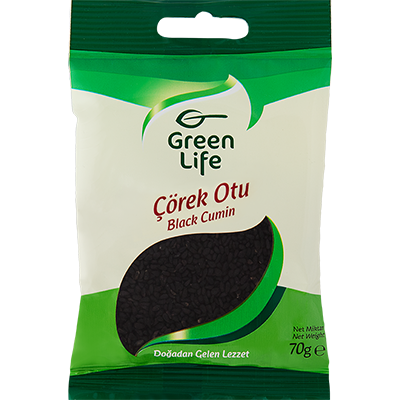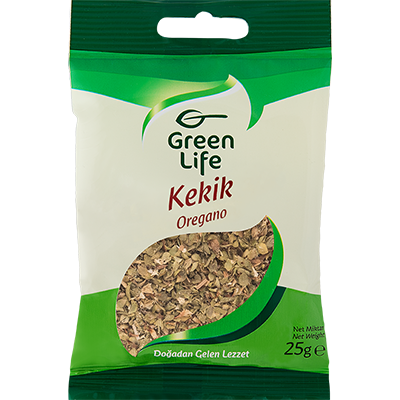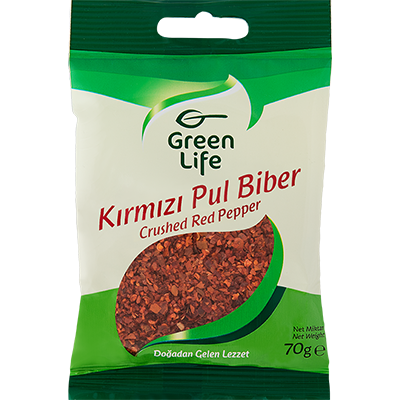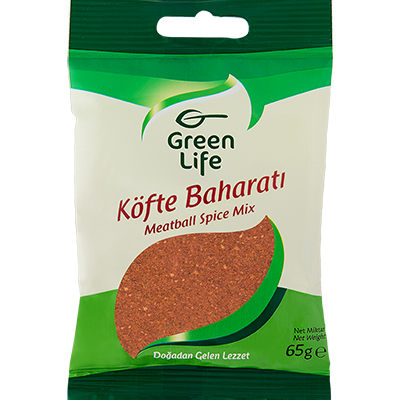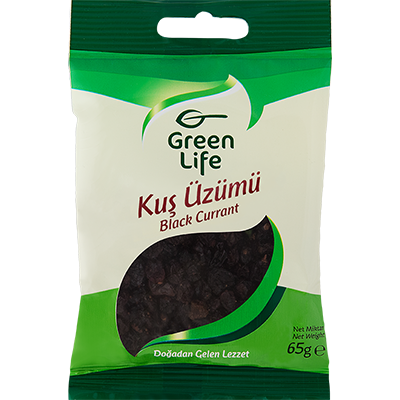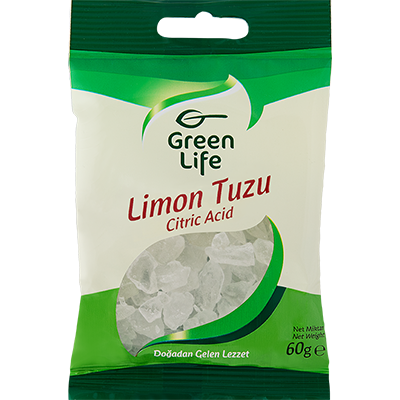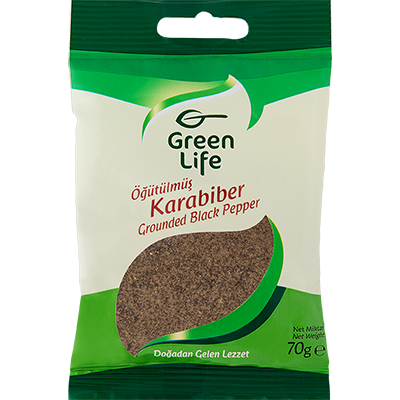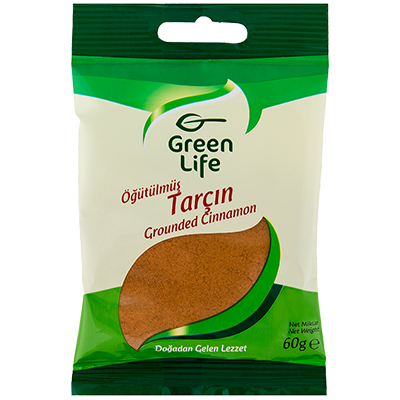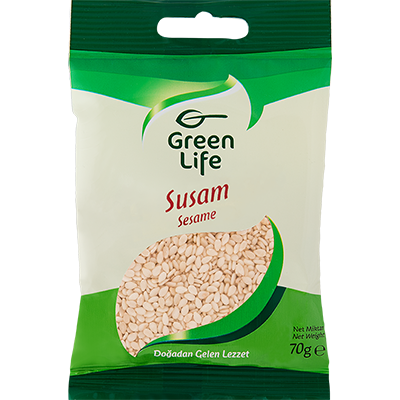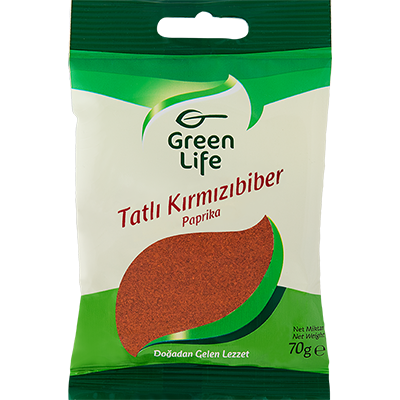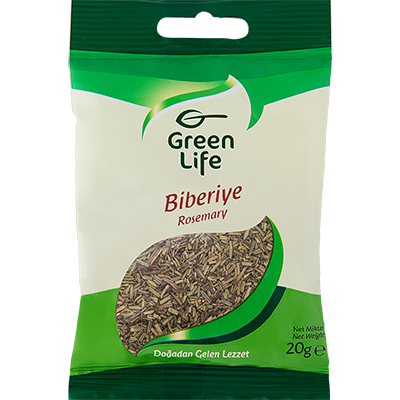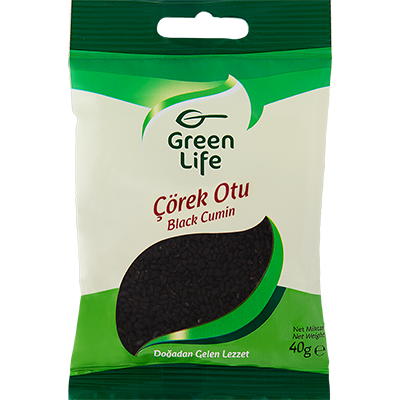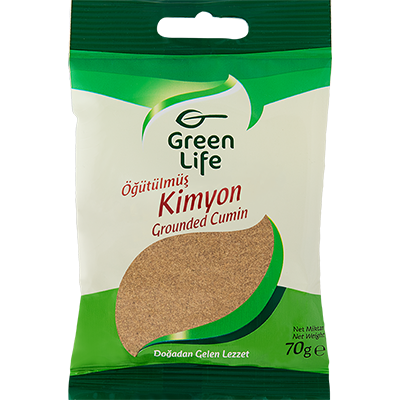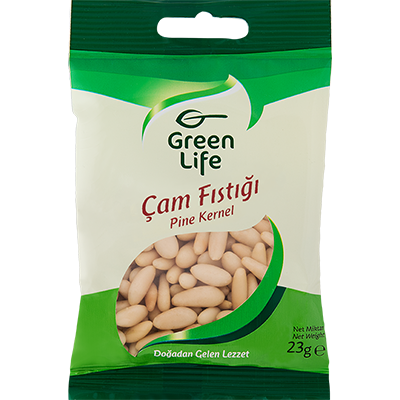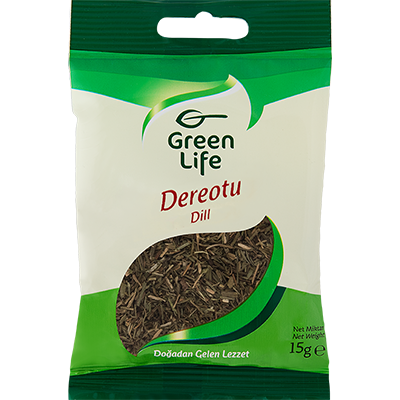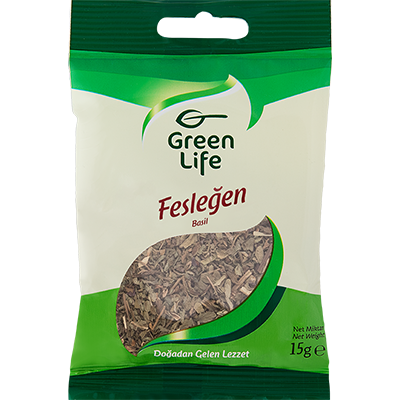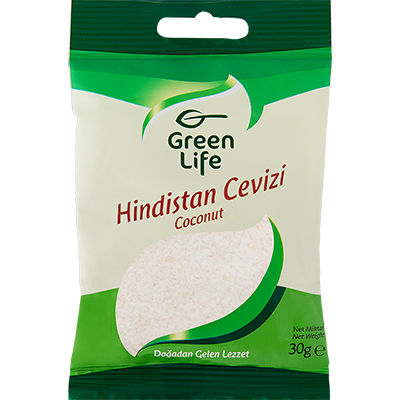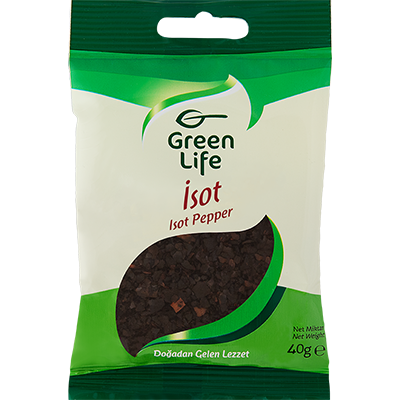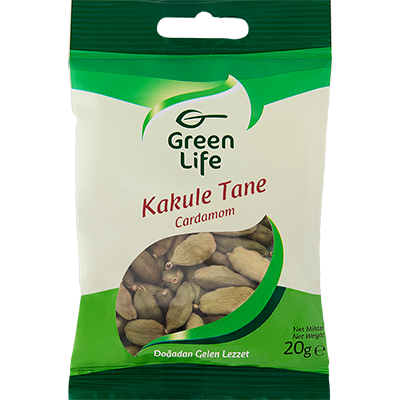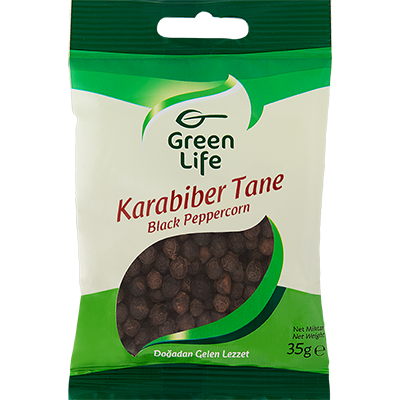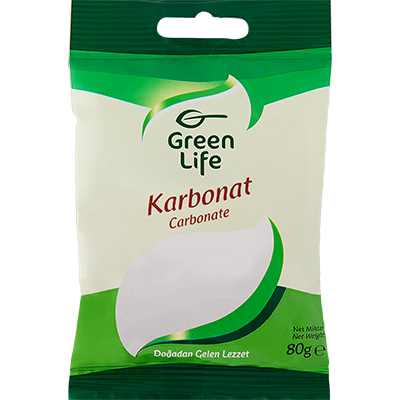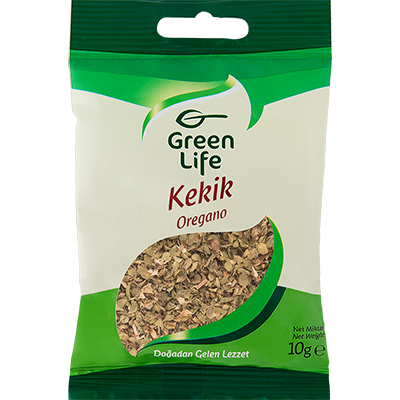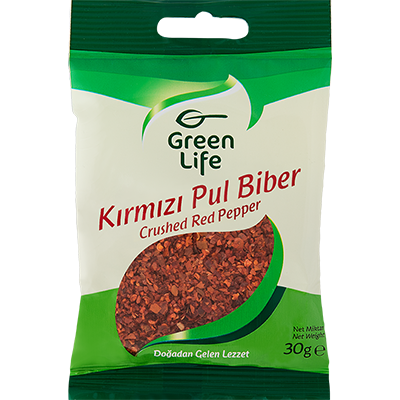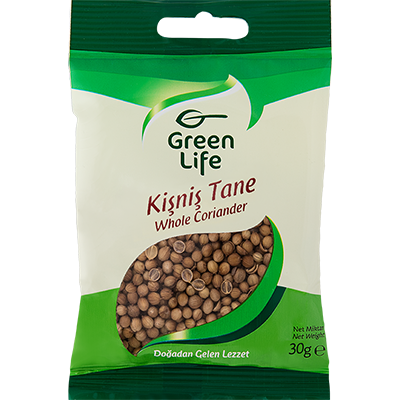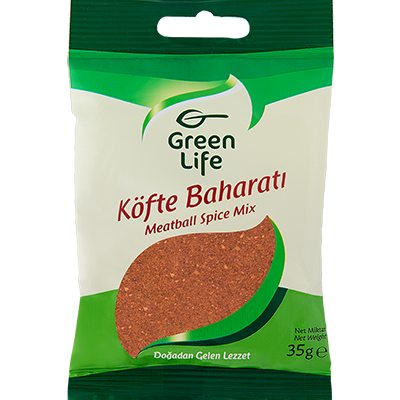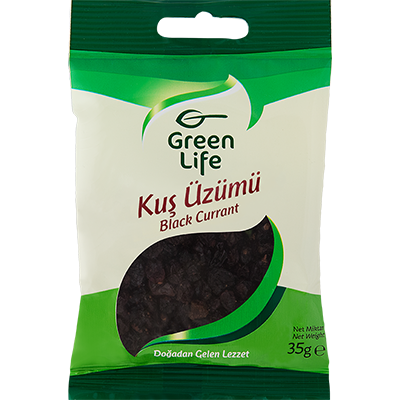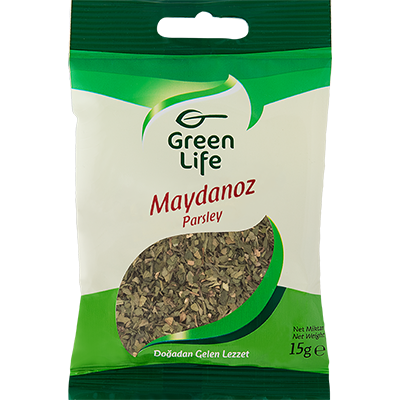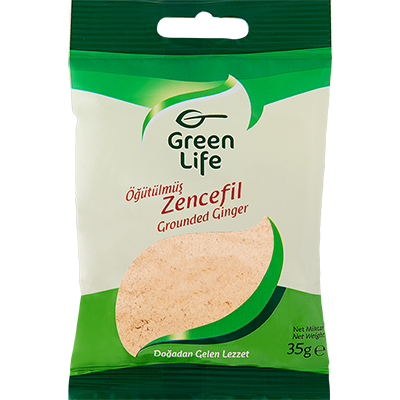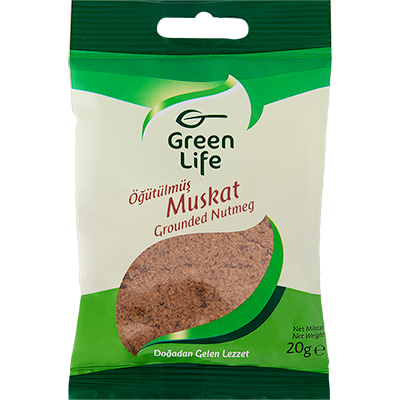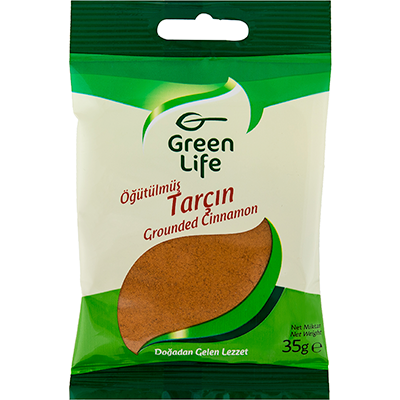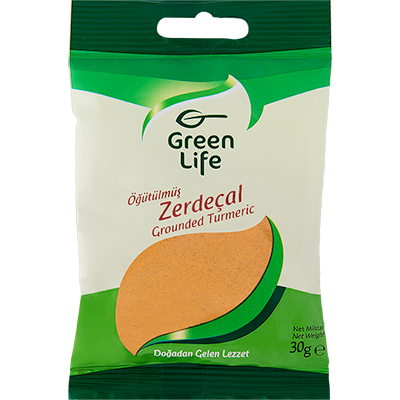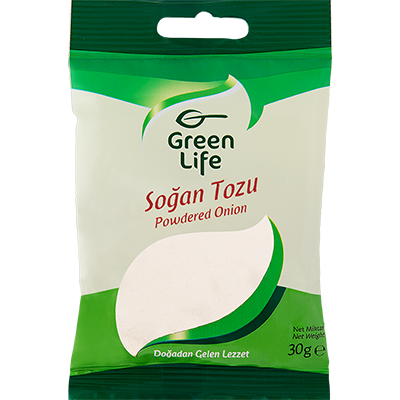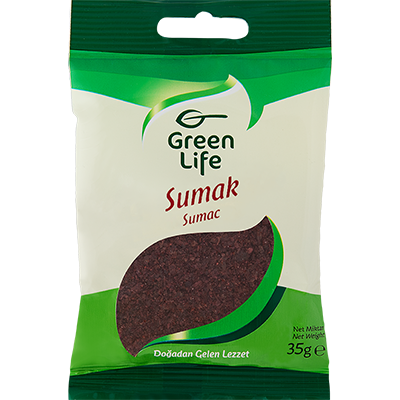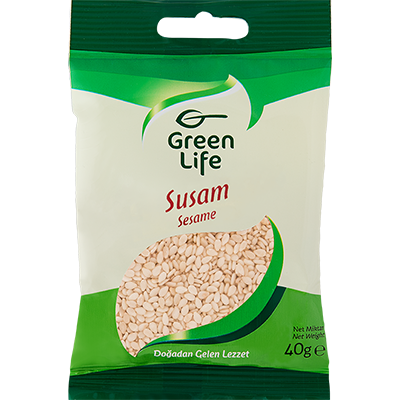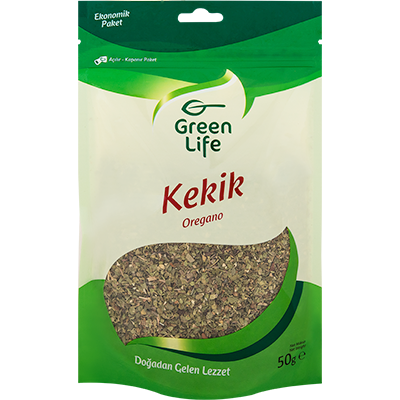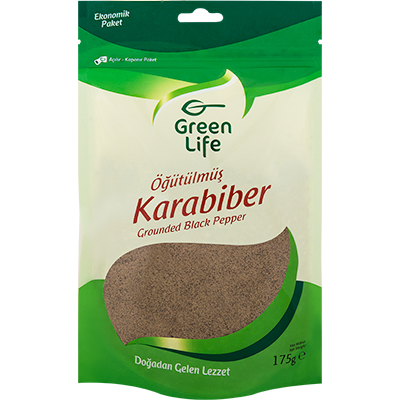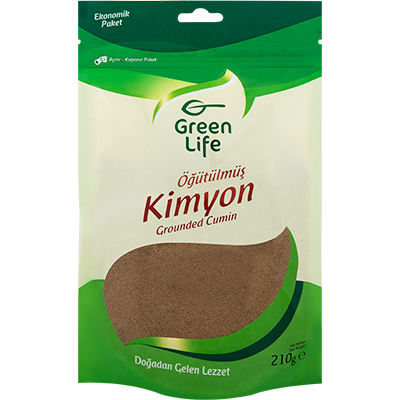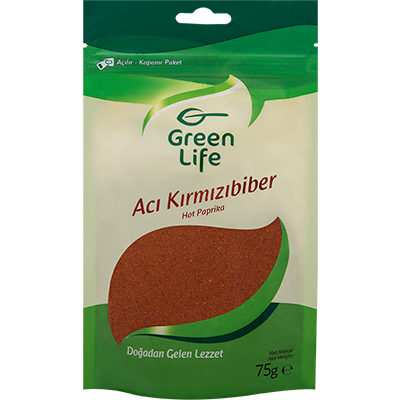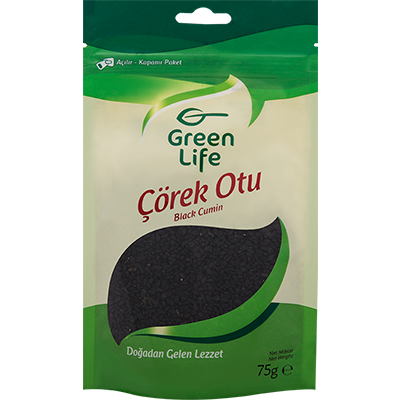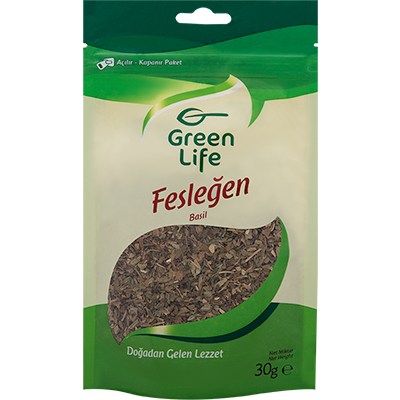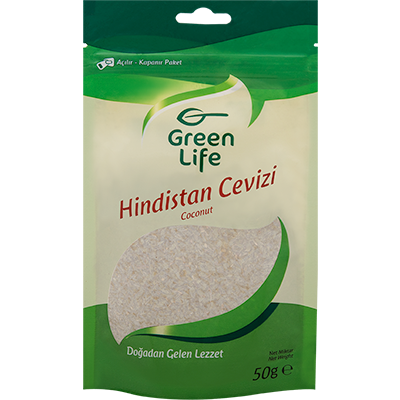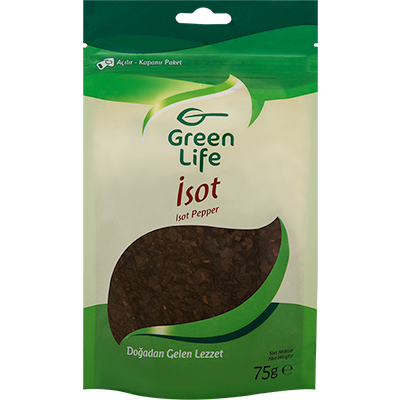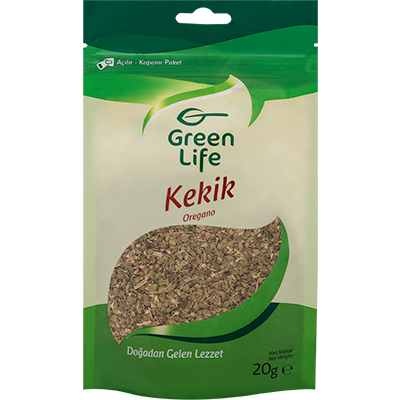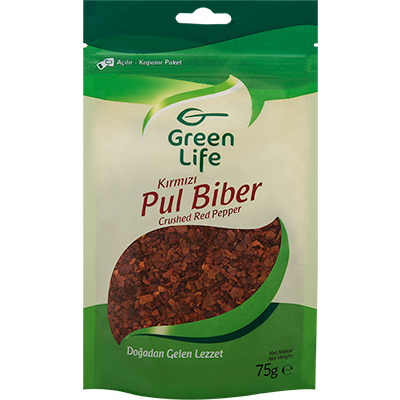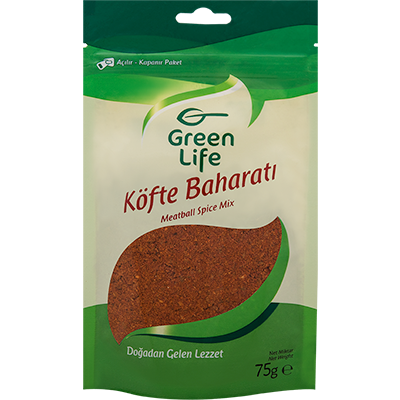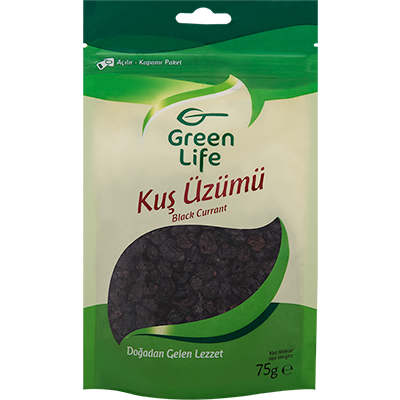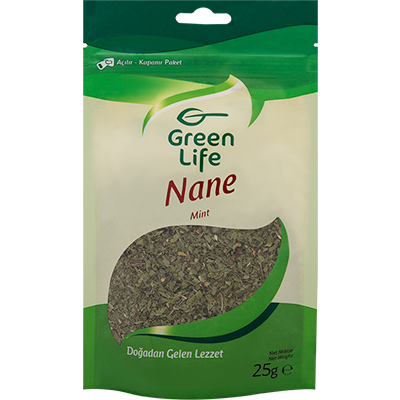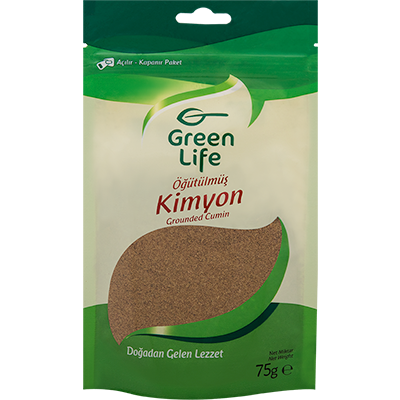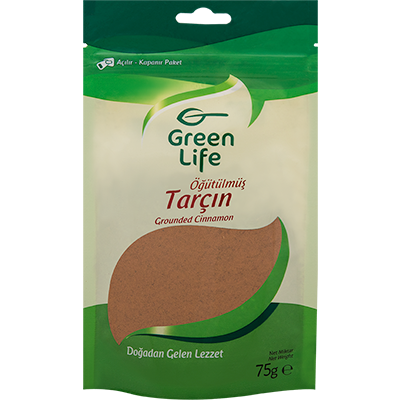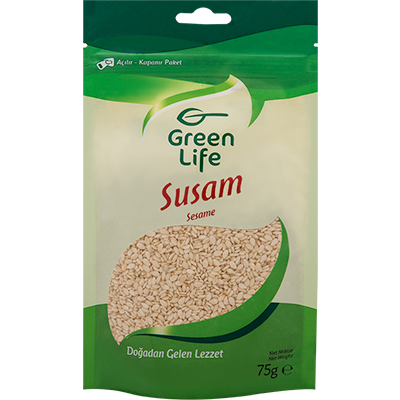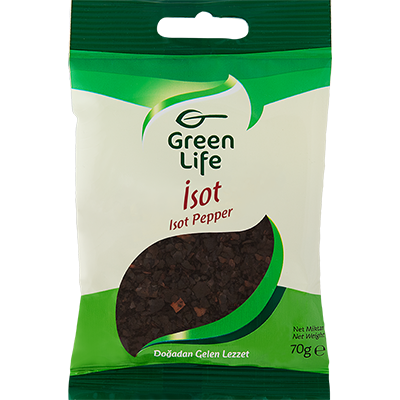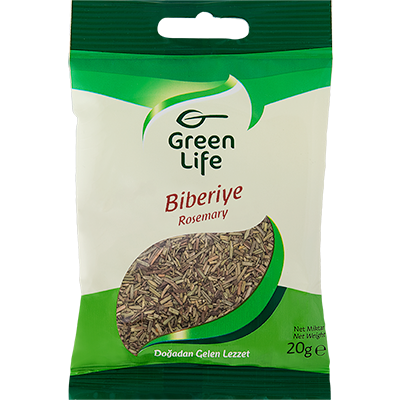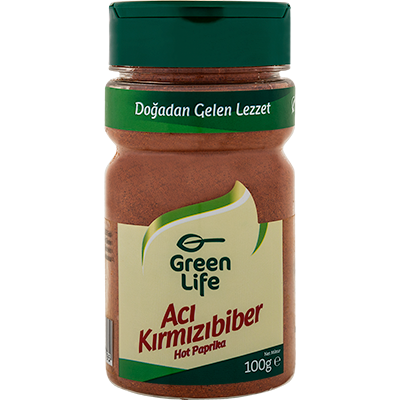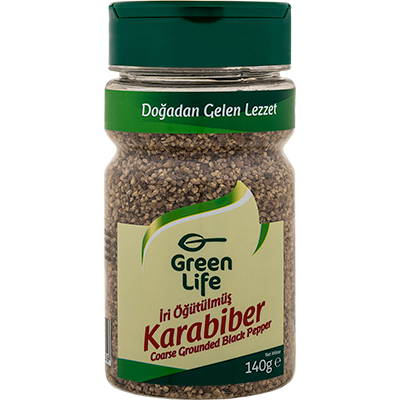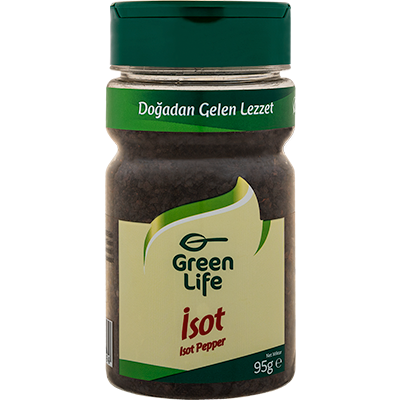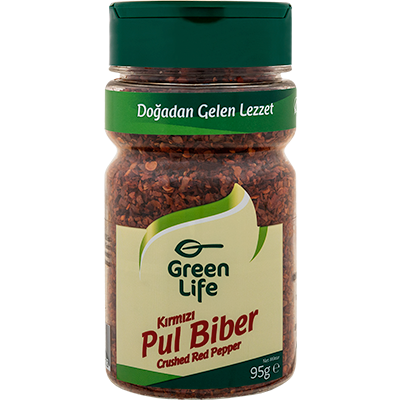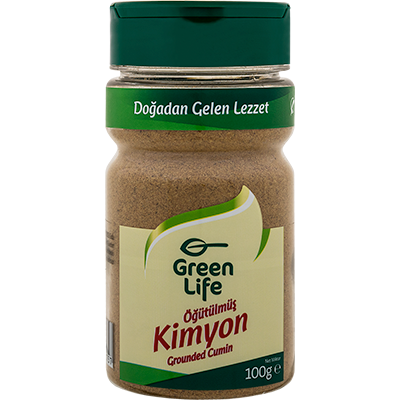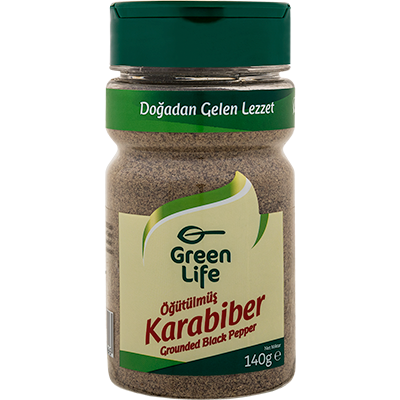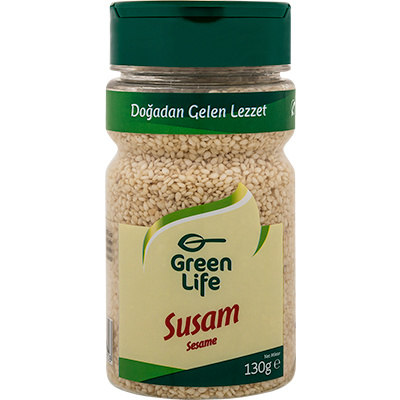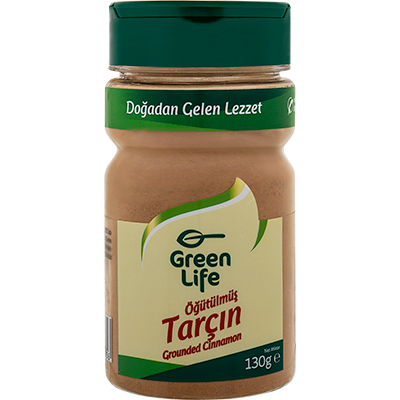Story of Spices / BAY LEAF
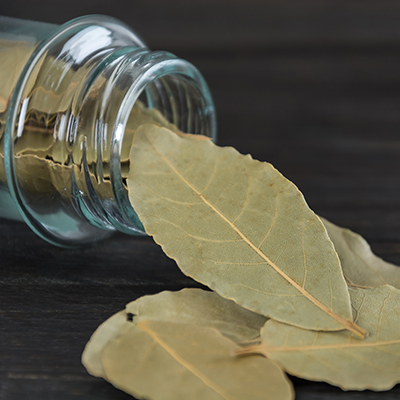
With a pleasant smell, bay tree is a type of local tree peculiar to East Mediterranean, which remains green in all seasons and does not shed its leaves. It belongs to lauraceae family, which has different members with similar characteristics. However, bay leaves used for cooking are the leaves of Laurus Nobilis, which grows in the Mediterranean Region. Mankind has been making use of bay leaves for a number of purposes ranging from gastronomical to medical throughout centuries. The oil extracted from its fruits has a highly essential place in the cosmetic industry. It is specifically used for manufacturing bay leaf soap. It is grown in Mediterranean, Aegean and Black Sea regions, most notably in Hatay. 80% of the world’s bay leaves are cultivated in Turkey. Therefore, it has an important place in Turkey’s exports.
As bay tree never sheds its leaves throughout four seasons, it can be picked whenever needed. On the other hand, bay leaves have the most pleasant aroma and are most tasty in May and September. Drying the bay leaves directly under the sun should be avoided. Instead, a humid-free, airy environment should be preferred for the drying process.
Taste notes:
It has a woody aroma that includes notes from pepper, pine, nutmeg and camphor. Its flavor is powerful and lightly acrid. Fresh leaves are a bit bitterer than dried leaves. However, after one or two days this bitterness disappears. Newly dried leaves offer the best aromas.
Harmony:
When making beef, chicken and fish stew, bay leaf acts as one of the most essential taste agents. It especially blends well with lamb and fish. It is also commonly used with chicken. When preparing the mix for roasting lamb beef, try adding one bay leaf. When cooking your fish, try adding a bay leaf along with a few lemon slices. You will be able to create unique flavors.
Bay leaf is ideal for cream based sauces, marinating and rice meals, as well as pickles.
Tips:
Bay leaf tree is a widespread tree in Turkey. Therefore, you can dry your own bay leaves in your own home. After washing the bay leaves you picked, spread them on a paper towel and let them dry thoroughly for a few days. Later, keep them in a glass jar sealed with a tight lid.
Bay leaf has a strong flavor. Therefore, it is enough to use only one bay leaf for dish of 3-4 servings. Otherwise, its dominant flavor may overpower other flavors.
Since bay leaf releases its flavor gradually when added to a liquid, its ideal use would be to put it in the pot at the beginning of the cooking process. If you crumble the leaf, its flavor will be released more intensely. To keep your cooking under control, add the bay leaf to the dish as a whole and remember to remove the leaf from the pot before serving.
Good idea:
Bay leaf is one of the main ingredients of spice bundles used for braised stews, casseroles as well as for beef, chicken, and fish broths. In a classic spice bundle, there are a few branches of thyme, parsley and a bay leaf. These aromatic ingredients are clustered together in a small bundle and tied with a kitchen string. This bundle is kept inside the meal throughout the cooking process and removed from the pot before serving. You can also prepare your spice bundle in your own home. If you like, you can add different aromatic ingredients such as a branch of rosemary, dill and a piece of leek to enrich your meal’s flavors.
- -AKÇAABAT MEATBALL SEASONING
- -ANISE
- -WHITE PEPPER
- -ROSEMARY
- -PINE NUTS
- -CRISPY CHICKEN COATING MIX
- -NIGELLA
- -BAY LEAF
- -DILL
- -MEAT SEASONING MIX
- -BASIL
- -MUSTARD
- -DESICCATED COCONUT
- -İNEGÖL MEATBALL SEASONING
- -ISOT
- -ITALIAN PIZZA SEASONING
- -CARDAMOM
- -BLACK PEPPER
- -CLOVE
- -BAKING SODA
- -CHICKEN WINGS SEASONING MIX
- -BUTCHER’S MEATBALL SEASONING
- -THYME
- -RED PEPPER
- -CUMIN
- -CORIANDER
- -CURRY
- -DRIED BLACK CURRANT
- -SOUR SALT
- -MAHLAB
- -BARBEQUE SEASONING MIX
- -POPPY
- -PARSLEY
- -NUTMEG
- -MINT
- -PURPLE BASIL
- -GRANULATED GARLIC
- -GARLIC MUSTARD FRENCH FRIES SEASONING MIX
- -VEGETABLE SEASONING
- -SAUSAGE MEATBALL SEASONING
- -SUMAC
- -SESAME
- -CINNAMON
- -TARRAGON
- -CHICKEN SEASONING MIX
- -ALLSPICE
- -GINGER
- -TURMERIC
- -SPICE BLEND FOR STUFFED VEGETABLES IN OLIVE OIL
